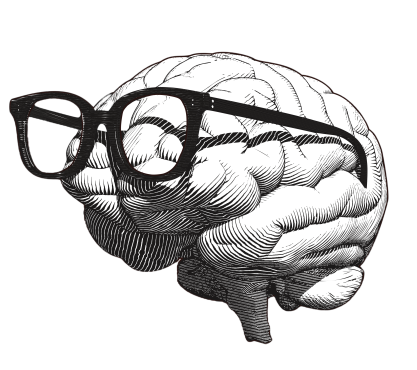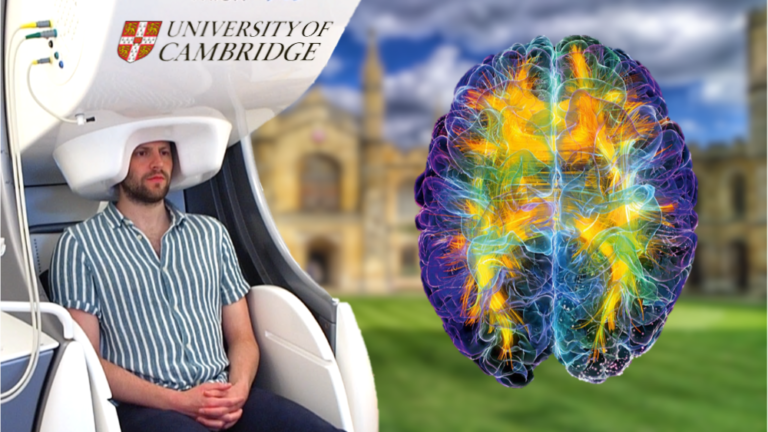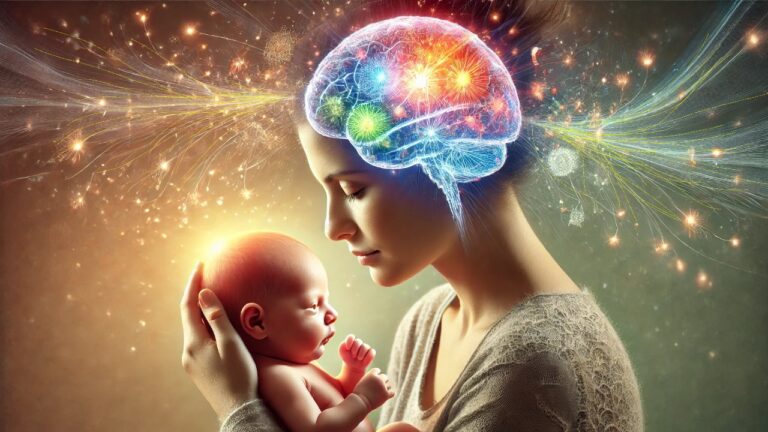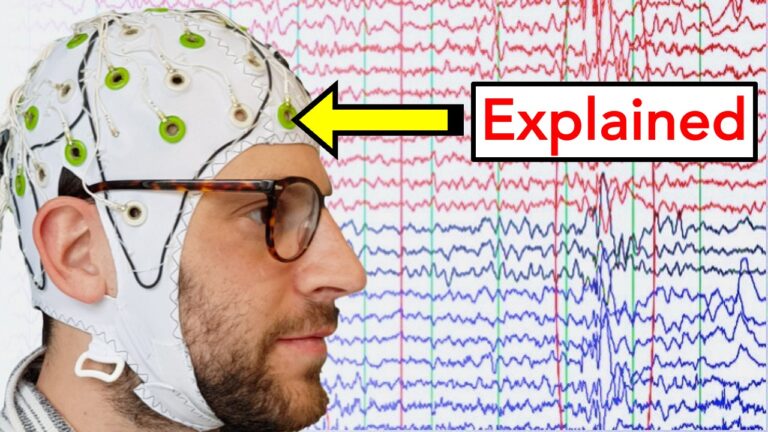AI Breakthrough Can Reconstruct Images of the Mind
Imagine a world where scientists can see the images inside your head. This might sound like science fiction. Yet recent research is turning it into reality. Advances in artificial intelligence (AI) and brain imaging technology are making it possible to reconstruct mental images from patterns of brain activity. By studying how the brain encodes information, researchers have begun to decode these signals and use AI to recreate the pictures we see in our minds. Understanding this process could transform neuroscience, medicine, and our understanding of perception. It might even raise important questions about privacy and the nature of thought.
How the Brain Encodes Visual Information
From Light to Signals
When you open your eyes, light hits your retina and transforms into electrical signals. These signals travel along the optic nerve and into the brain. Inside the visual cortex, the brain organises these signals into shapes, colours, and patterns. This process allows you to recognise faces, read text, or admire a painting. It all happens in fractions of a second, every time you look around.
Layers and Specialisation
The visual cortex, located at the back of the brain, is not just one uniform area. Instead, it has multiple layers and specialised regions. Some areas respond to simple features, like edges or brightness. Others respond to more complex elements, such as recognising that a certain shape is a house or a cat. As you move up this hierarchy, the brain’s representation of what you see becomes richer and more detailed.
Patterns of Activity
The key to decoding mental images lies in these patterns of activity. Neurons fire in complex patterns that correspond to what you are seeing or imagining. By observing which brain regions activate, and how strongly, scientists can guess the nature of the image. The trick is to use advanced technology to capture, analyse, and interpret these patterns.
Decoding Mental Images from fMRI
fMRI and Blood Flow
Functional Magnetic Resonance Imaging (fMRI) is a powerful tool in neuroscience. It does not measure direct neural firing. Instead, it tracks changes in blood flow. When a particular brain region works hard, it needs more oxygen-rich blood. fMRI scanners detect these changes and produce detailed maps of activity. Although this method is not perfect, it provides a window into the brain’s inner workings.
Feeding Data into AI Models
Researchers have taken fMRI data and used AI algorithms to decode what participants are seeing or imagining. The process involves training the AI on lots of brain scans linked to known images. Over time, the algorithm learns patterns that match certain visual features. Eventually, when given a new set of brain scans without knowing the original image, the AI can reconstruct a version of what the participant viewed.
Quality and Accuracy
Early attempts produced blurry or distorted reconstructions. But improvements in machine learning, especially the use of deep neural networks, have made these results much clearer. Modern AI models can reconstruct images that capture the basic shapes, colours, and even some details of the original scene. While not perfect, they are getting better as researchers refine their methods. This steady improvement suggests that, in the near future, the technology could become surprisingly accurate.
The Future of Mind-Decoding
Applications in Medicine
Decoding mental images from brain activity has huge potential in medicine. Patients who have lost the ability to speak or move due to stroke or paralysis might benefit. By translating their mental imagery into visual output, doctors could help them communicate without words. The technology might also assist people with blindness, reconstructing visual data from their brain signals to aid in perception or navigation.
Brain-Computer Interfaces
As AI models improve, we could see more advanced brain-computer interfaces. Users might control computers, robots, or other devices by simply imagining what they want. This could help those with severe physical disabilities regain independence. It could also open new worlds in gaming, virtual reality, and artistic creation, where you “paint” a picture by visualising it in your mind.
Ethical and Privacy Concerns
With any new technology that peeks into our minds, ethical questions arise. Who should have access to these mental reconstructions? Could someone use this technology without consent, reading thoughts or private images? Laws and guidelines may be needed to protect mental privacy and ensure that these tools are used responsibly. As decoding improves, society will need to weigh the benefits against the risks.
Refining the Models
Researchers must also refine and improve these AI models. The brain’s activity patterns are complex and vary between individuals. Creating more personalised models might help increase accuracy. Scientists might even discover new principles of how the brain represents information. This knowledge could lead to better therapies for mental disorders, improved learning methods, or entirely new ways to study cognition.
Conclusion
The idea of reconstructing images directly from the human mind once belonged to the realm of science fiction. Today, it stands at the edge of reality. By combining advanced imaging techniques like fMRI with powerful AI models, researchers are starting to decode the brain’s visual signals. These breakthroughs could transform healthcare, communication, and technology. They also force us to consider issues of privacy and ethics, making sure we use these discoveries wisely.
As technology advances, the line between thought and external representation blurs. With careful guidance, this could unlock enormous benefits, helping people overcome disabilities and gain new forms of self-expression. Still, we must remain alert to the potential misuse and ensure we set ethical standards. For a more detailed look at the science behind these AI-driven mind decoding techniques, I invite you to watch my YouTube video.
Thanks for reading and please comment on YouTube with any questions! Click here to see the other blogs and associated videos I have about neuroscience! 🙂
If you want to support this evidence based neuro-explainer content then feel free to buy me a coffee or become a patreon! 😊
References
Image reconstruction – https://www.biorxiv.org/content/10.1101/2022.11.18.517004v3
Video reconstruction – https://www.sciencedirect.com/science/article/pii/S0960982211009377






